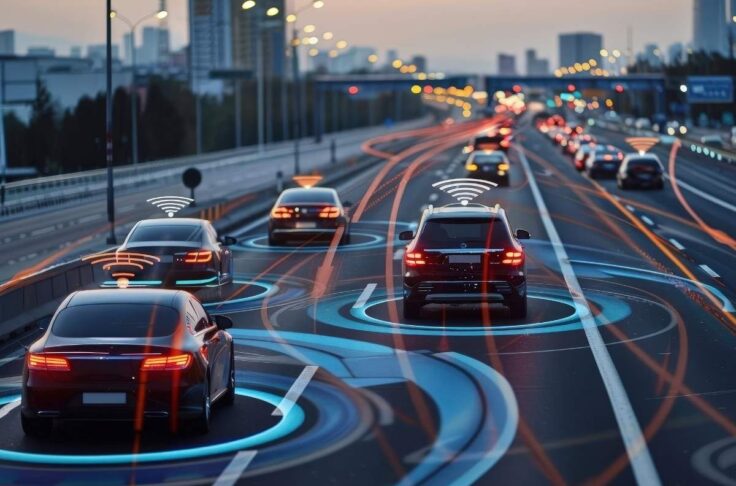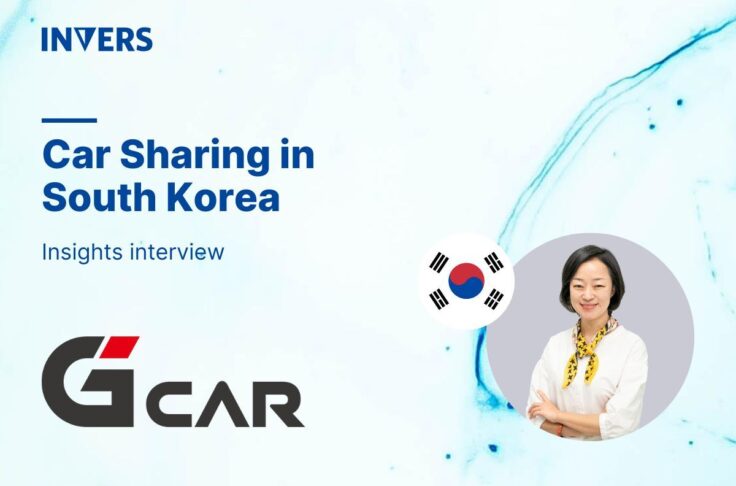Moped sharing can be as green as public transport according to academic research
Summary
Shared micromobility has become a well-established part of the urban mobility mix and is revolutionizing the transportation sector. Although scientific research confirms the effectiveness of this mobility mode in reducing GHG emissions, the importance of shared micromobility in combating climate change is often underestimated. By taking a close look at three recently published academic papers, Enrico Howe sheds light on the ecological footprint of moped sharing and sets it in relation to other means of transportation.

The Glasgow Climate Change Conference has ended, and the general opinion is that the resulting pact is not sufficient to limit global warming to 1.5 °C above pre-industrial levels. At the same time, the global transportation sector is increasing its emissions year by year.
Shared micromobility has not been addressed much at this year’s climate conference. That’s unfortunate, because it has already contributed to decarbonization strategies in urban transport, and it is playing a central role in shifting private car ownership and usage towards less carbon-intense ways of transport. Furthermore, it is continually improving its greenhouse gas (GHG) emission balance sheet. In this article we want to begin to answer two questions:
- What drives GHG emissions in moped sharing?
- How environmentally sustainable is the sector?
Answers to these questions vary among vehicle modes and can be further complicated by different power types (muscle power, electricity, fuel) or electricity sources (renewable vs. non-renewable). For this article we focused on moped sharing, and to understand the matter, we researched three academic peer-reviewed papers that have been published in the past year:
- Schelte et al. (2021): Life Cycle Assessment on Electric Moped Scooter Sharing.
- Severengiz et al. (2020): Assessing the Environmental Impact of Novel Mobility Services using Shared Electric Scooters as an Example.
- Wortmann et al. (2021): Analysis of Electric Moped Scooter Sharing in Berlin: A Technical, Economic and Environmental perspective.
What are drivers of GHG emissions in shared micromobility?
Life-cycle assessments (LCA) are often used for environmental impact analyses. Typically, the climate impact assessment of shared micromobility solutions is focused on following process steps and emission drivers (inspired by Schelte et al. (2021)):
Based on this framework, we can discuss the following findings of the mentioned academic papers in detail.
University research suggests that moped sharing can be as green as public transport solutions
Reality is more complex than a single academic paper, but we tried to find commonalities within the academic discussion to identify general insights. The cases and specific findings differ depending for instance on the type of vehicle or the operator and regional sources of electricity. Here is what we found for moped sharing:
- Low mode-specific CO2 emissions of moped sharing: The CO2 emissions per driven kilometer are close to 30g CO2eq/km (case study of Berlin as in Wortmann et al. 2021, p.14). Also, Schelte et al. (2021, p.14) see GHG emissions between 20g and 60g CO2eq/km, depending on the scenario.
- Similarly green as transit: Conservatively speaking, moped sharing is similarly sustainable as most transit solutions. Schelte et al. (2021, p.15) sums it up by stating: “Overall, e-moped sharing is an environmentally friendly transport mode compared with alternative transport modes (…).”
- The vehicle production phase has the biggest impact: Wortmann et al. (2021, p.15) suggest that the production phase of electric mopeds has the biggest environmental impact within the LCA in any fleet size and most utilization scenarios. While the usage phase still has a significant climate impact contribution, the end-of-life-phase doesn’t contribute much to the climate impact. However, Schelte et al. (2021) adds that the service vehicle for maintenance and battery swapping should run on renewable energies to ensure the lowest GHG emission scenario possible.
- Three factors create positive impact – GHG reduction, air quality improvement and available public space increase: Severengiz et al. (2020) showed that moped sharing can contribute to fight global warming, improve local air quality and increase the alternative use of public space.
- It matters what shared micromobility is replacing: Severengiz et al. (2020) argue that private micromobility has certain benefits over shared micromobility depending on the operational (ecological) cost. They also state that “this (…) is compensated only if the sharing e-scooter (refers to mopeds, author) is replacing modes of transportation with a higher environmental impact.” Or in other words, it makes a difference if a shared moped trip replaces a car trip or a bike trip.
- Linking transit with shared micromobility: Most importantly, Severengiz et al. (2020) argue GHG emissions in the case study of the German town of Bochum can be reduced “by 7 percentage points” if shared micromobility services are linked to transit solutions (scenario 2). “An even higher reduction can be achieved for particulate matter emissions with a reduction by 13 percentage points, parking space demand by 15 percentage points and traffic space demand by 10 percentage points, in comparison to the reference case.” In other words: complementing transit with shared mobility is key to overcoming the widespread first mile-last mile gap in the transportation ecosystem.
Other, non-academic sources such as the International Transport Forum describe shared micromobility being as green as transit solutions, when saying that “(per capita) Energy use and GHG emissions from shared micromobility (involving e-scooters, bikes, e-bikes and mopeds) are comparable in magnitude to those of metros and buses. This is the case especially when actions are taken to extend lifetime mileage and minimise energy use and GHG emissions from operational services” (International Transport forum 2020, p.7).
Another recent data point from a Dutch operator suggests that car trip replacement by moped sharing is considerable: 30% of moped sharing users would have used the car as a moped sharing alternative (Source: felyx 2021).
In a nutshell
Moped sharing research is a young sector but the first studies on the ecological impact suggest that moped sharing can be as green as public transport solutions. Reducing the emissions made during the production of the vehicle, using renewable energies in operations, and substituting high-emission vehicle trips are key for a positive ecological impact. Finally, transit and moped sharing are increasingly interlinked. Strengthening the MaaS ecosystem can only further improve the sustainability of moped sharing.
The shared micromobility sector is trending in the right direction when it comes to sustainability. As of October 2021, 97% of shared mopeds are electric, utilization rates are climbing, and vehicle quality and lifetime have increased in the past years. Therefore, we believe that moped sharing will increasingly help to reduce GHG emissions.
For operators: We encourage you to dig into the three above-mentioned papers if you want to design strategies to minimize GHG emissions of your moped sharing or any shared micromobility fleet. Even though it’s based on assumptions and specific scenarios, the research presents strategies and frameworks to deal with real-world operations, and therefore enables operators to prioritize further GHG emission reduction strategies.


